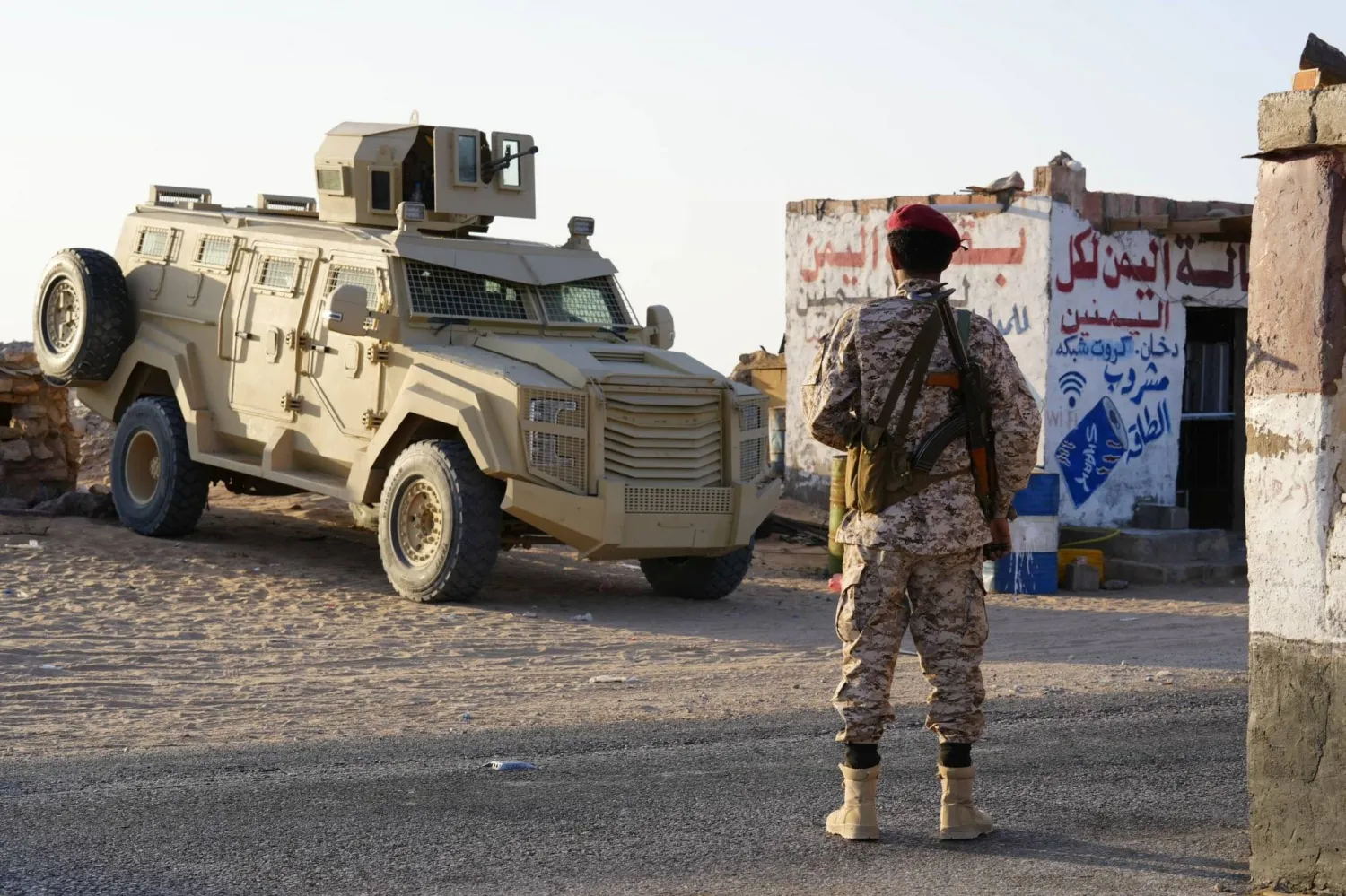The Israeli army announced on Sunday that a military force on its borders with Gaza Strip came under fire from the Strip, but no injuries were reported.
According to news by Israeli websites, shots were heard by workers during construction work on the separation barrier in the southern part of the Palestinian enclave.
“The works on the security fence were halted and smoke shells were deployed in the area,” the Israeli army said in a statement.
“As Israeli troops were dispatched to the scene, shots from the Strip were fired at them. No injuries were reported,” the statement added.
The Eshkol Regional Council stated that following the incident, the Israeli army also closed the routes leading to the border fence.
Israel responded by targeting Hamas monitoring checkpoints, east of Deir Al-Balah, in the Strip’s central region.
The occupation’s artillery located on the Strip’s borders fired shells at several observatories for the resistance, Palestinian sources said, confirming that no casualties were reported.
These developments come in light of a gradual escalation by Hamas and Palestinian factions to pressure Israel and oblige it to abide by the ceasefire agreement.
During the past few days, the factions launched a series of incendiary balloons after Hamas gave the green light to resume their launch following several months’ halt.
These balloons provoked Israel, which responded on Thursday night with raids on underground Hamas infrastructure in the northern Gaza Strip.
Hamas and the factions’ resumption of firing incendiary balloons indicates their dissatisfaction with the way the truce agreement is being implemented in the Strip.
In late 2019, Israel reached an agreement with Hamas and the Islamic Jihad, under Egypt’s auspices.
The agreement stipulates that Israel eases its blockade on Gaza, by allowing the expansion of land trade between Gaza and Israel, expanding the fishing zone in Gaza, expediting the construction of the gas pipeline to help solve the chronic power shortage in the Strip, introducing materials that were prohibited increasing the number of merchants and allowing workers to exit Gaza.
In return, Hamas would reduce and stop the weekly demonstrations at the border fence and work hard to prevent the firing of rockets by armed movements towards Israel.
If its first phase succeeds, the long-term agreement ensures building a port, airport, hospital and an industrial zone.
However, during the past few months, the relationship between Israel and Hamas was unstable, during which Israel introduced some facilitations into the Strip, froze them before reintroducing them, according to field developments.
The Islamic Jihad threatened Sunday that Israel “will bear the consequences of anything that happens to the residents or farmers in Gaza as a result of the escalation.”
“The random shootings by the army forces at the residents of the Gaza Strip continue to repeat themselves. This is a clear threat that endangers the residents’ lives.”









